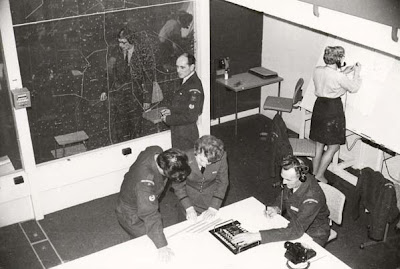The Enlightenment “Catholization” of Projective Technology: Theurgy and the Media Origins of Art. Barbara Maria Stafford"Magic, as
Hans Dieter Betz reminds us, is a venerable worldwide, one that tries to understand things in their mutual, but ordinarily concealed, connectedness. But, today, we have forgotten for just how long optical devices –or tools for “forcing the gods” – have been employed in a a wide range if interactive sacred practices. These instrumentalized body-based routines included casting spells, controlling ghosts, conjuring the dead, and projecting mortals into the foggy regions of the immortals or bringing the bright gods down to earth. Mirrors, lanterns, diaphanous textiles, and black boxes of all sorts, then need to be inscribed within the comparative history of aesthetics and religions as well as of science and technology. Media, magic, and mechanism are inextricably interwoven in an enduring narrative of allure and deviance.
I argue that during the Enlightenment this age-old
spiritualization of optical technology becomes “catholized” –that is, made part of the larger hostility or discomfort with visual representation found in Protestant post-Reformation Europe. Image-mongering can thus be distinguished from legitimate science or even Jesuit science. While recent scholarship has complicated our ideas of what constituted the “iconic” in early-modern Europe, transformations of visual culture tend to be analysed from within the delimited fields of history, art history, religion and cultural studies. In reality, tools, ritual practices, and visual or performative environments cannot so easily be pried apart. In contrast, this essay sets out to demonstrate the elaborate intersections of theatre, theology, technology, and aesthetics. I propose that projective devices, in particular, become mobilized to tell a graphic story of the international culture of oriental despotism, global priestcraft, and the persistence of illusory styles of superstition. Animation is central to theurgy. This bringing-to-life of the gods in
tableaux vivants, both literally and metaphorically,
projects a concealed power over illiterate populations.
Phantasmagoric apparatus materializes an otherwise immaterial ontology; it corporealizes even the most esoteric philosophical system. Closer to home, the spectral illusions it generates invade the frame of our inner life, perforating the structure of consciousness itself. If technologically produced images –or media- are also mental pictures that exist apart from, behind, or
beyond the natural images received through the senses, then vision is equally double. Ignoring physical boundaries, artificially enhanced sight is truly open-ended: snatching a luminous presence from outer space to relocate it within ordinary life or, conversely, chasing after an alternate world towards which we ceaselessly stretch.
...
[Instruments in Art and Science. On the Architectonics of Cultural Bounderies in the 17th Century. Volume 2. Edited by Helmar Schamm, Ludger Schwarte, Jan Lazardzig. Walter de Gruyter, Berlin. NY, 2008]






 1. Decalogue of the Control Panels
1. Decalogue of the Control Panels [Image: Sondernummer "Frau im Mond"
[Image: Sondernummer "Frau im Mond"